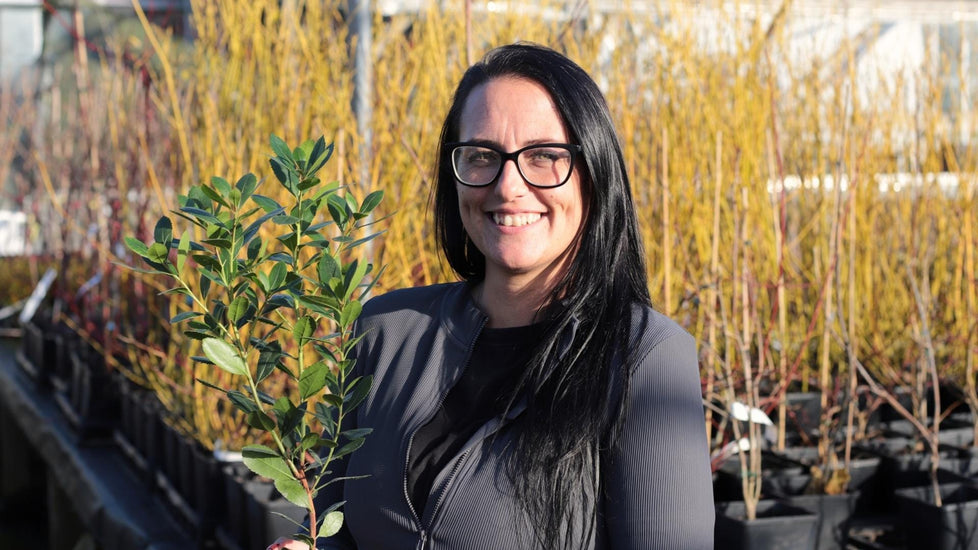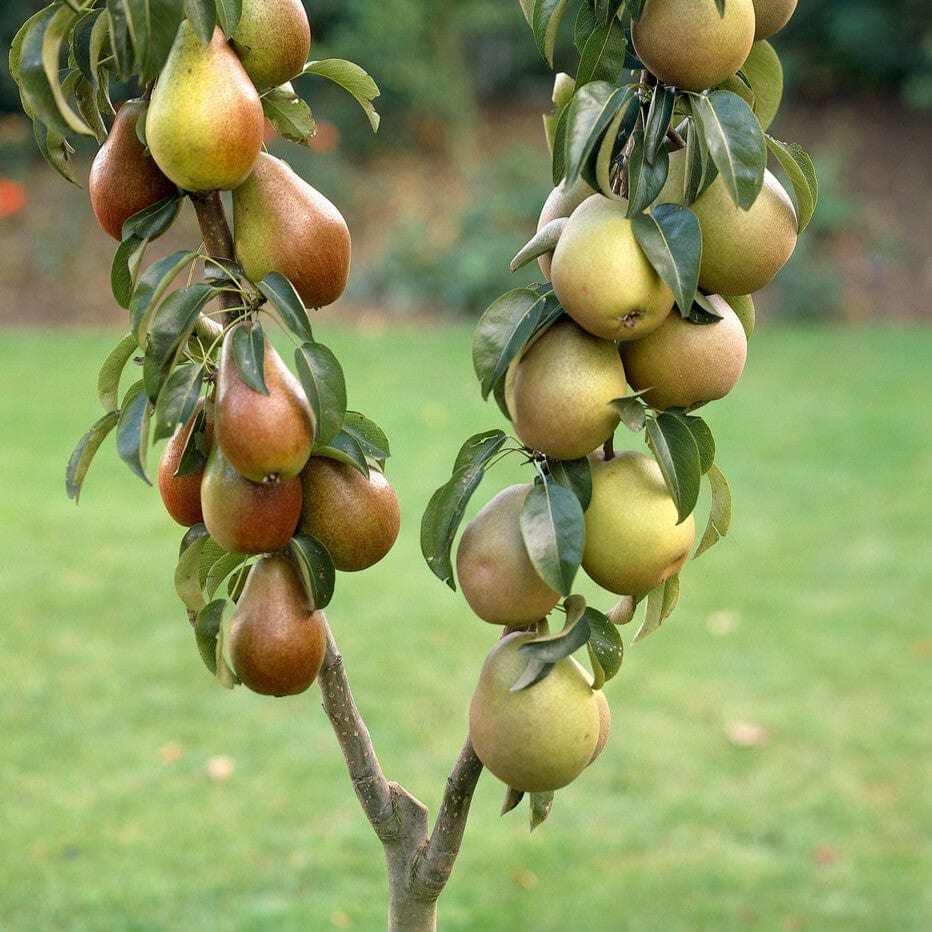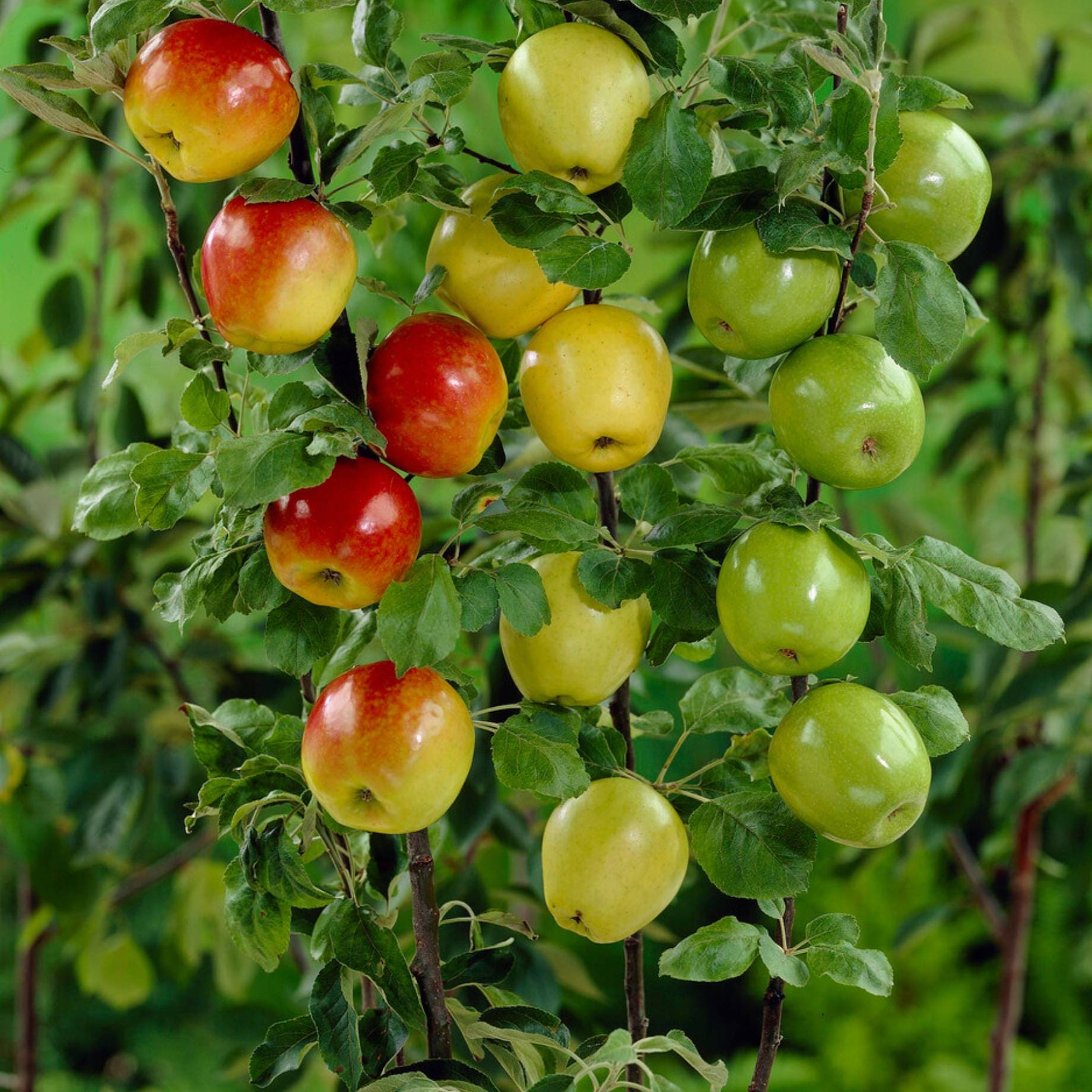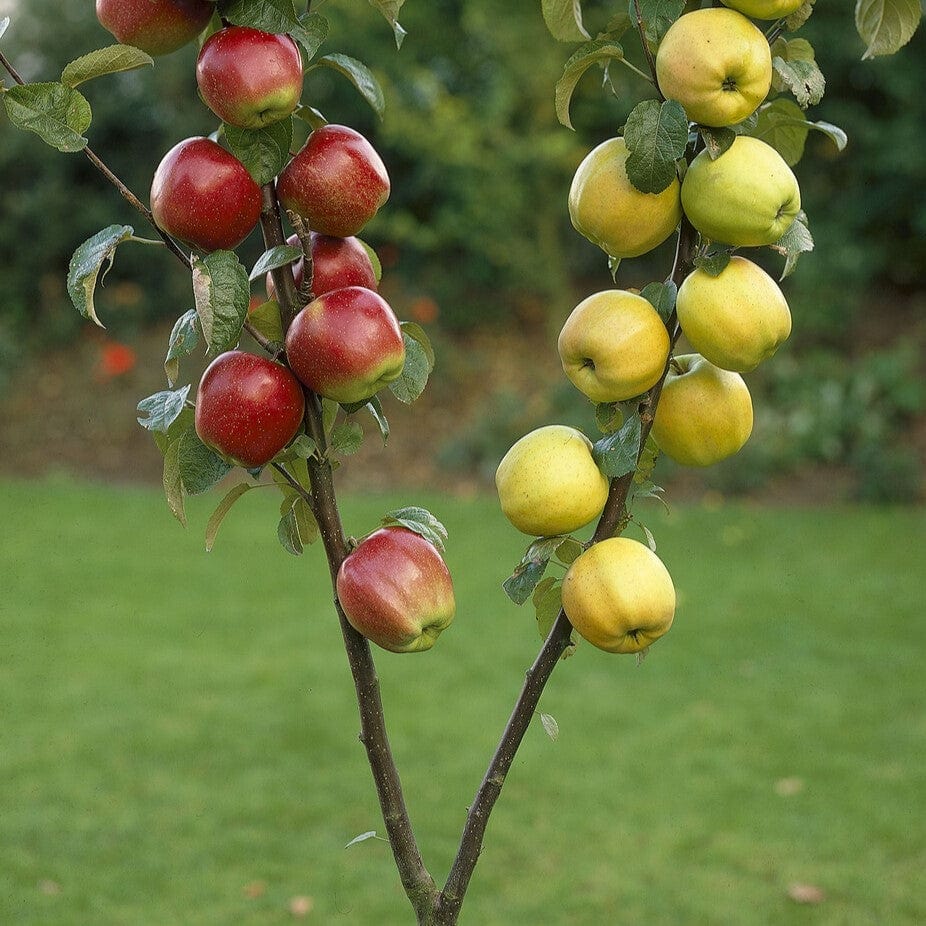Duo & Family Fruit Trees
Want bumper crops of fruit but don’t have the room for two trees to pollinate one another? Duo and family fruit trees hold the solution. These ingenious trees feature two (duo) or three (family) different varieties grafted onto a single rootstock, each being able to pollinate the other. In other words, you get two (or three) trees for the price of one! No orchard needed, no fuss, just one seriously impressive, multitasking tree. Bosh.
Need help picking?Sort and filter
South Downs National Park
Meet Danielle
110 years' expertise free with every tree
Danielle's nursery has been growing trees in the South Downs National Park for over a century, and it shows. Dug up and sent straight to your garden at between 18-36 months old, their quality rootstocks, expert pruning and natural pest control mean that these traditionally field-grown trees are the hardiest you can get.
Need help picking?
Duo & Family Fruit Tree FAQs
What are family/duo fruit trees?
Family fruit trees are trees that feature several different varieties (usually three) grafted onto a single stem (or rootstock). Duo trees are the same, except they consist of just two varieties (hence the name).
What types of fruits can be grown on a family/duo tree?
The most common fruits grown as duo or family trees are pomes (apples, pears and quinces) and drupes (cherries, plums, apricots, peaches and nectarines). Usually, these trees feature varieties of the same fruit, but you can even have a tree that features different fruits from the same family (for instance, because apricots and peaches are both from the prunus family, they can be grown on the same tree).
How do family/duo fruit trees work?
Family and duo trees are split into two parts: the single rootstock and the multiple scions. The rootstock is what determines the tree’s overall vigour, with dwarfing, semi-dwarfing, semi-vigorous and vigorous options being available. The scions are the cuttings from the varieties you want to grow, and they are attached to the rootstock at the graft union. The various scions are grafted onto the rootstock, creating a single tree that features multiple varieties.
Are family/duo fruit trees self-pollinating?
The varieties chosen for family and duo fruit trees are often done so for their ability to pollinate one another, in essence creating a tree that’s self-pollinating overall (even if its individual varieties aren’t). It’s worth checking on the varieties, though, as you may still need another viable pollinating partner nearby if your family/duo tree’s varieties aren’t able to pollinate one another.
Do the different fruits ripen at the same time?
The fruits may ripen concurrently, or they may ripen at different times of the year, providing a longer harvest season. You may, for example, have a family apple tree that comprises an early-, mid-, and late-season variety, or a duo tree whose two varieties ripen at the same time for a single bumper crop.
How much space do I need for a family/duo fruit tree?
You don’t necessarily need a lot of space for a family/duo fruit tree, and in fact, they’re often relatively compact, making them ideal for gardeners who’d like their own orchard but who are more limited when it comes to available space.
Can I grow a family/duo fruit tree in a container?
Yes, you can grow a family/duo tree in a large pot or container – particularly those trees grown on a dwarfing rootstock. Make sure you choose a pot big enough for your tree’s roots to grow, and use a loam-based compost mix like John Innes No.3. Position it in full sun and be sure to water it regularly, particularly in hot and dry conditions throughout the growing season.
What is the best time of year to plant a family/duo fruit tree?
We’d recommend planting your family/duo fruit tree between late autumn and early spring, when the tree is in its dormant state, as this places less stress on the tree and helps better aid root establishment.
How long will it take for my family/duo fruit tree to bear fruit?
You can expect to see fruit on your duo or family tree between two to four years after planting. The more dwarfing the rootstock, the sooner your tree will bear fruit. Other factors, including how well your tree has established and the weather conditions, can also affect when your tree first produces fruit.








